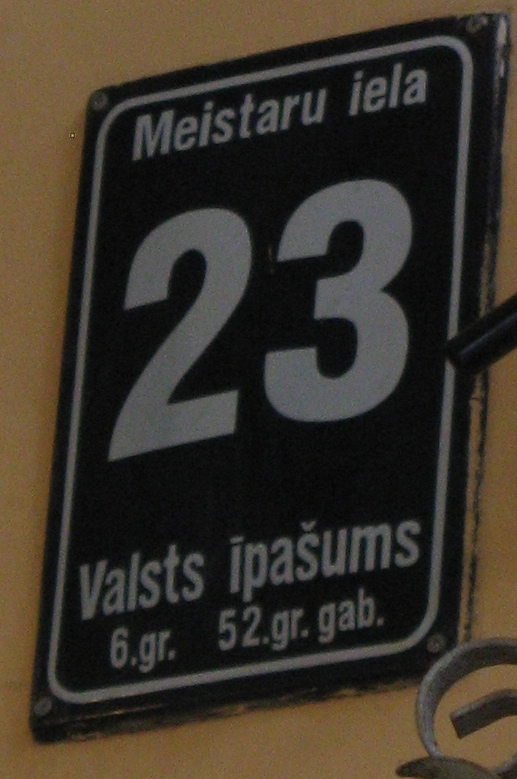|
Korea Land And Housing Corporation
The Korea Land & Housing Corporation (LH) is a government-owned corporation which is responsible for the development of land in cities, and the maintenance and management of land and housing. Foundation Basis LH was built by law to form the Korea Land Development Corporation, and the Korea Housing Corporation. The two companies were merged in 2009 by the government to form the current LH. Foundation Reason Under the government's plan to advance the public corporations, it aims to eliminate overlapping functions, such as the establishment of housing development projects carried out by the Korea Housing Corporation and Korea Land Corporation, and to contribute to the development of the national economy by providing new funds. History Korea Land Corporation * Founded on April 1, 1975, Korea Land Corporation's predecessor, the Land Safety Fund. * March 27, 1979, Korea Land Development Corporation. * December 31, 1980 A housing development project started under the Act on ... [...More Info...] [...Related Items...] OR: [Wikipedia] [Google] [Baidu] |
Government-owned Corporation
A state-owned enterprise (SOE) is a business entity created or owned by a national or local government, either through an executive order or legislation. SOEs aim to generate profit for the government, prevent private sector monopolies, provide goods at lower prices, implement government policies, or serve remote areas where private businesses are scarce. The government typically holds full or majority ownership and oversees operations. SOEs have a distinct legal structure, with financial and developmental goals, like making services more accessible while earning profit (such as a state railway). They can be considered as government-affiliated entities designed to meet commercial and state capitalist objectives. Terminology The terminology around the term state-owned enterprise is murky. All three words in the term are challenged and subject to interpretation. First, it is debatable what the term "state" implies (e.g., it is unclear whether municipally owned corporations and ente ... [...More Info...] [...Related Items...] OR: [Wikipedia] [Google] [Baidu] |
Jinju-si
Jinju (; ) is a city in South Gyeongsang Province, South Korea. It was the location of the first (1592) and second (1593) Sieges of Jinju by Japanese forces during the Imjin War. The Republic of Korea Air Force Education and Training Command is located in the eastern part of the city. There are cultural-historical tourist attractions in Jinju such as Jinju Fortress, the Jinju National Museum, and the Nam-gang Prehistoric Site Museum. History Jinju was an ancient city of Goryeonggaya in the Gaya Era. This city was called 'Geoyeolseong' of Baekje during the Three Kingdom Era, and was called 'Geoyeolju', 'Cheongju', and 'Gangju' during the Unified Silla Era. Name of this city was changed into 'Jinju' for the first time in 940, the 23rd year of King Taejo of the Goryeo Dynasty. It became 'Jinju-mok', one of 12 moks (local administrative units in Goryeo and Joseon Dynasty) in the 2nd year of King Seongjong (983). The second siege of Jinju during the Japanese invasion of Kor ... [...More Info...] [...Related Items...] OR: [Wikipedia] [Google] [Baidu] |
Gyeongsangnam-do
South Gyeongsang Province (, ) is a province in the southeast of South Korea. The provincial capital is at Changwon. It is adjacent to the major metropolitan center and port of Busan. The UNESCO World Heritage Site Haeinsa, a Buddhist temple that houses the ''Tripitaka Koreana'' and tourist attraction, is located in this province. Automobile and petrochemical factories are largely concentrated along the southern part of the province, extending from Ulsan through Busan, Changwon, and Jinju. Etymology The name derives ; . The name derives from the names of the principal cities of Gyeongju () and Sangju (). History Joseon In 1407, for military purposes, the administrative districts were reorganized, with Gyeongsang-do being divided into Gyeongsangjwa-do (or Gyeongsangjwa Province; left) and Gyeongsangwu-do (or Gyeongsangwu Province; right) as the reference points of the Nakdonggang River. Before 1895, the area corresponding to modern-day South Gyeongsang Province was part of Gyeo ... [...More Info...] [...Related Items...] OR: [Wikipedia] [Google] [Baidu] |
South Korea
South Korea, officially the Republic of Korea (ROK), is a country in East Asia. It constitutes the southern half of the Korea, Korean Peninsula and borders North Korea along the Korean Demilitarized Zone, with the Yellow Sea to the west and the Sea of Japan to the east. Like North Korea, South Korea claims to be the sole legitimate government of the entire peninsula and List of islands of South Korea, adjacent islands. It has Demographics of South Korea, a population of about 52 million, of which half live in the Seoul Metropolitan Area, the List of largest cities, ninth most populous metropolitan area in the world; other major cities include Busan, Daegu, and Incheon. The Korean Peninsula was inhabited as early as the Lower Paleolithic period. Gojoseon, Its first kingdom was noted in Chinese records in the early seventh century BC. From the mid first century BC, various Polity, polities consolidated into the rival Three Kingdoms of Korea, kingdoms of Goguryeo, Baekje, and Sil ... [...More Info...] [...Related Items...] OR: [Wikipedia] [Google] [Baidu] |
Government-owned Companies Of South Korea
State ownership, also called public ownership or government ownership, is the ownership of an industry, asset, property, or enterprise by the national government of a country or state, or a public body representing a community, as opposed to an individual or private party. Public ownership specifically refers to industries selling goods and services to consumers and differs from public goods and government services financed out of a government's general budget. Public ownership can take place at the national, regional, local, or municipal levels of government; or can refer to non-governmental public ownership vested in autonomous public enterprises. Public ownership is one of the three major forms of property ownership, differentiated from private, collective/cooperative, and common ownership. In market-based economies, state-owned assets are often managed and operated as joint-stock corporations with a government owning all or a controlling stake of the company's shares. ... [...More Info...] [...Related Items...] OR: [Wikipedia] [Google] [Baidu] |

